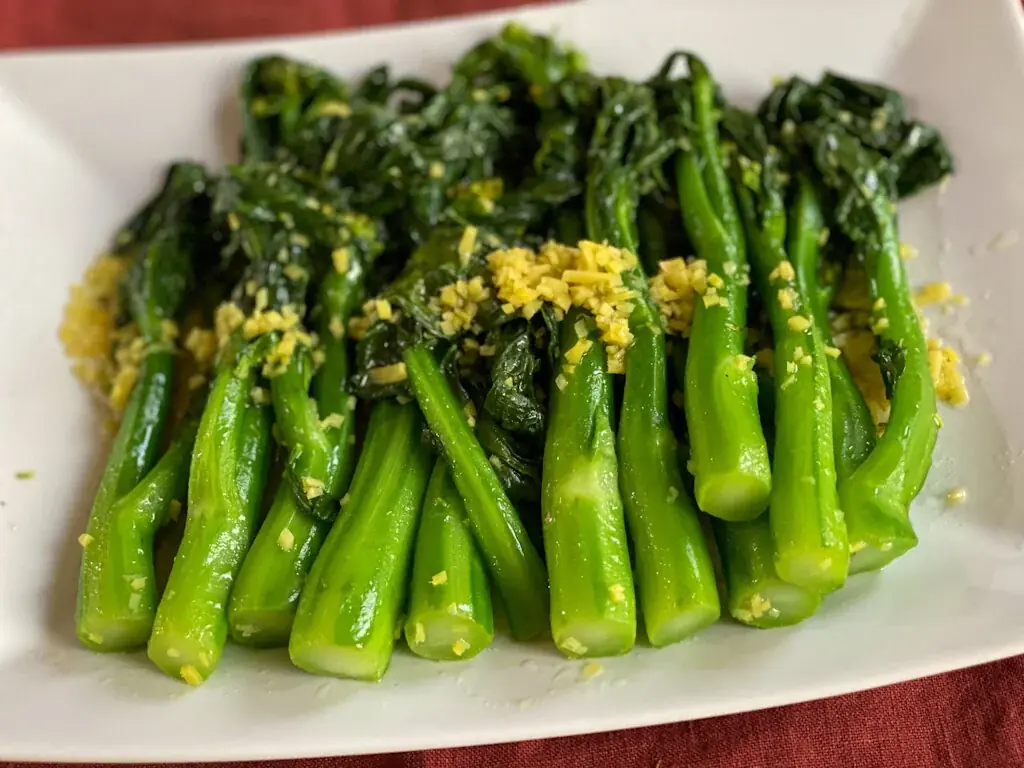
The Vegetable That Grows Anywhere — We Eat the Leaves, but Throw Away the Part That Matters Most
It is a concentrated source of nutrients that nutrition scientists increasingly describe as functional food.

It is a concentrated source of nutrients that nutrition scientists increasingly describe as functional food.


When he finally went to see a doctor, the problem was not his teeth, his stomach, or even poor hygiene. The source was hidden deep inside his throat.
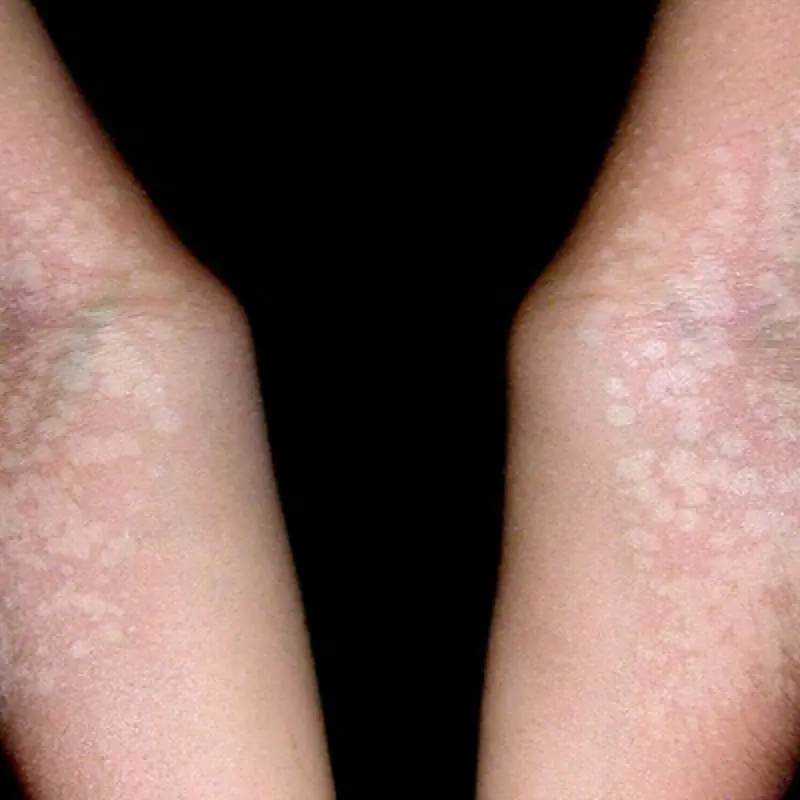
Small white marks on your skin may seem harmless
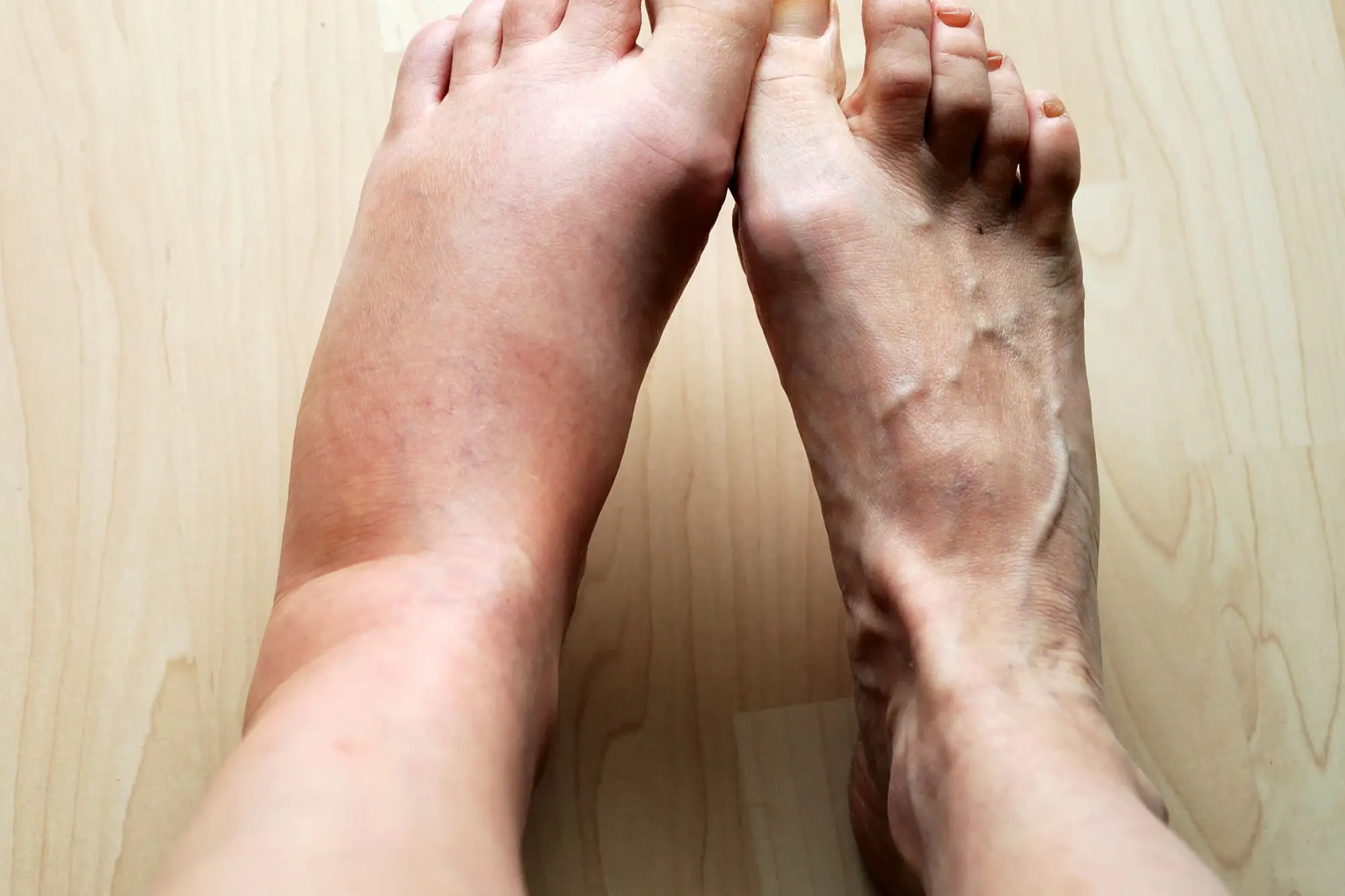

Morning Warning: Spot This Sign When You Wake Up? Don’t Ignore — It May Signal C.a.n.cer

Only one country in the world has it

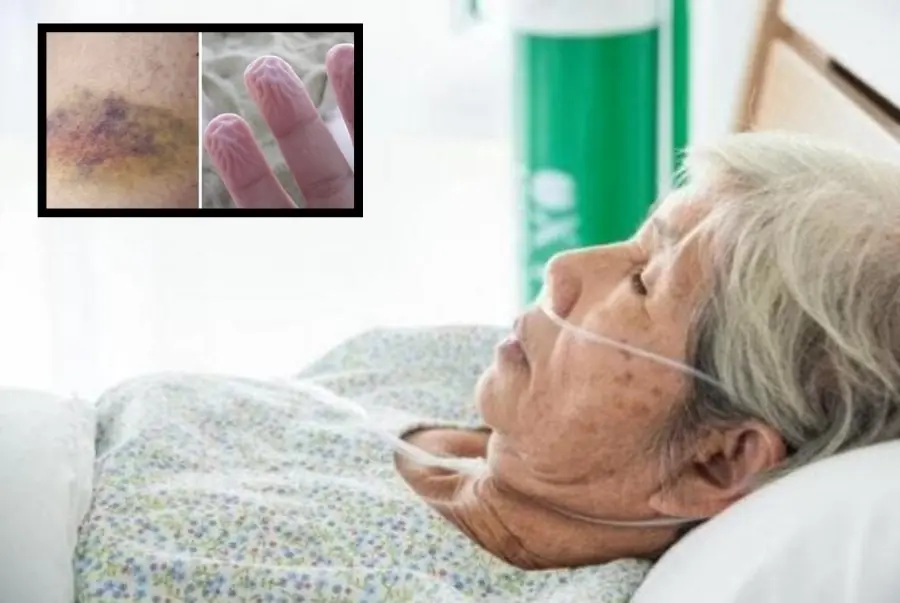
6 Warning Signs the Body May Show About a Year Before Death
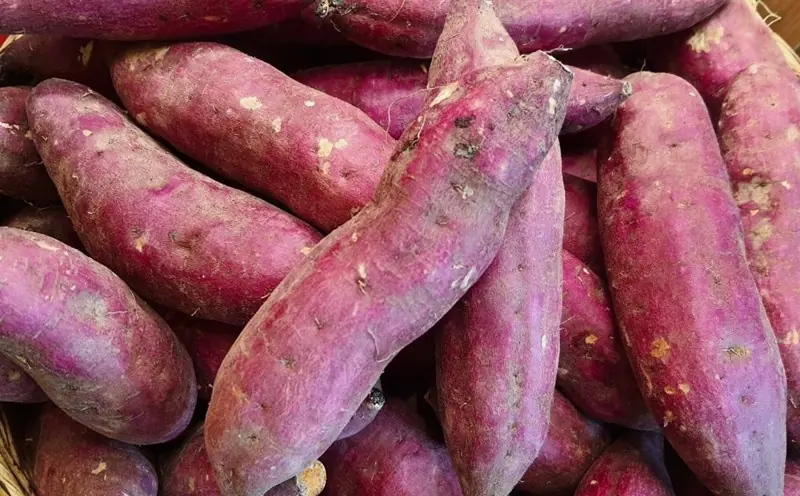
This "strongest anti-cancer food" is widely available in every market at a cheap price.
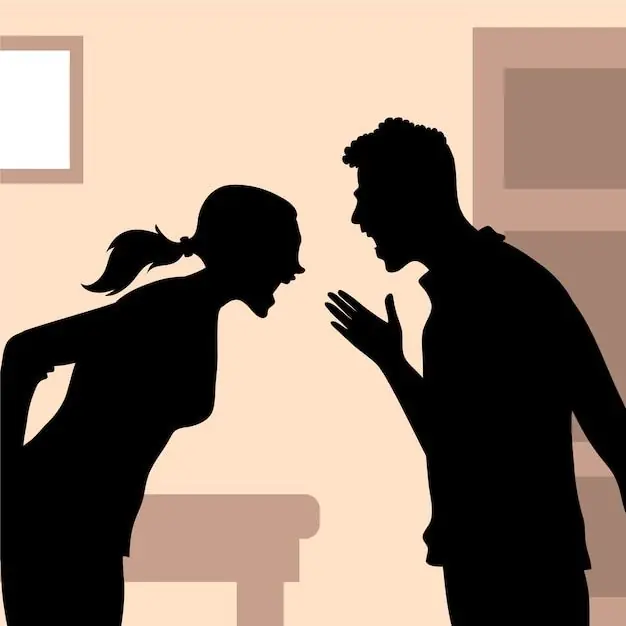
Many couples believe that as long as conflicts don’t lead to separation, the emotional damage is minimal.
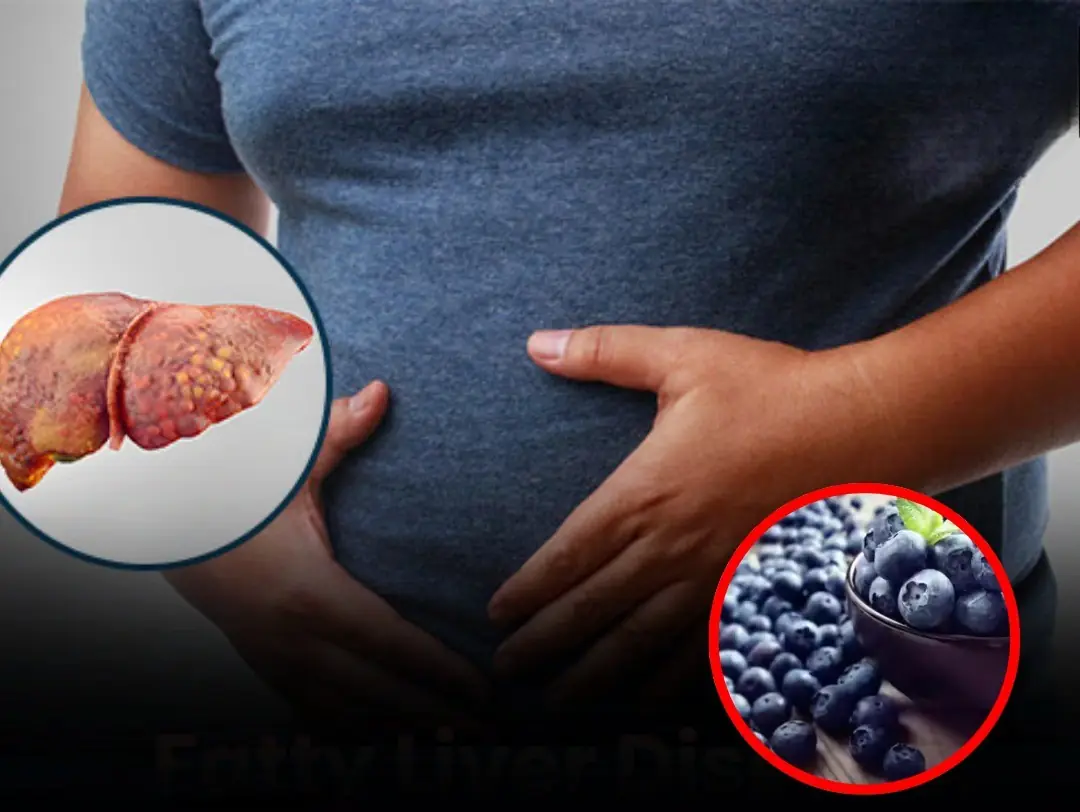
3 Fruits That Support Liver Health and Control Sugar and Cholesterol

Here’s What It Really Means — and When It Signals a Problem

Did You Know That Waking Up At 3 Or 4 In The Morning Is A Clear Sign Of

Small, unconscious gestures during a kiss can reveal deep emotional love.


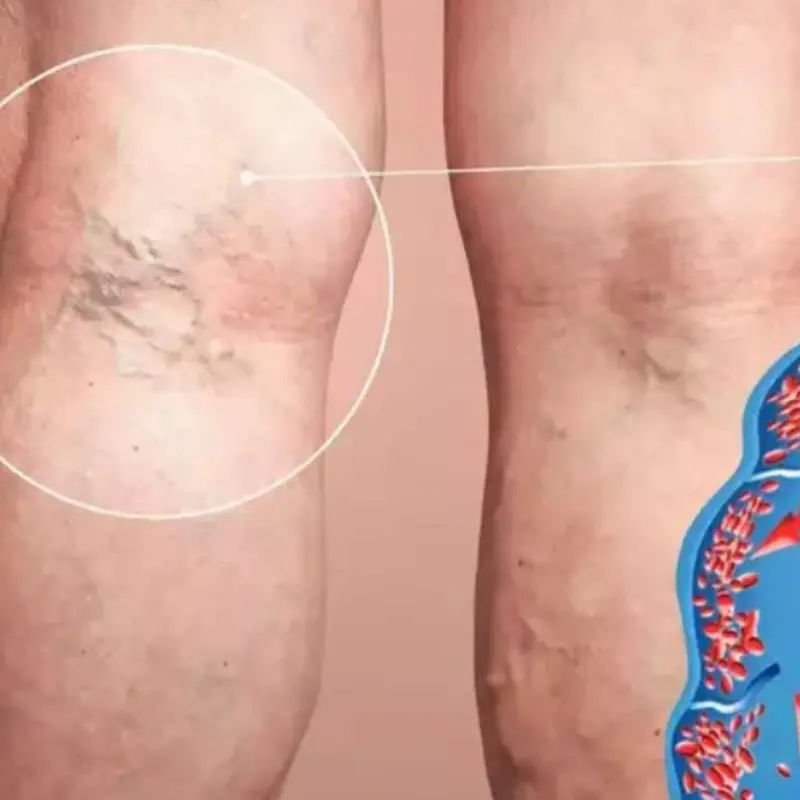
Simple daily habits can help prevent varicose veins from getting worse.

Left-side body pain can signal anything from minor issues to serious conditions.

How emotional connection keeps love strong and lasting over time